Painting Realistic Leaves
Painting realistic Leaves, Mix the perfect greens for your leaves in light and shadow
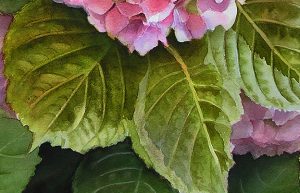 Although I love to paint leaves I have figured out that they are often the most with which we struggle with when it comes to paint them. Painting realistic leaves and mixing the perfect greens isn’t so difficult, we just need to know how to create the form, which colours we need to use to paint light and dark areas of our leaves and how to use colour temperature. We put all the energy into the flower so that it glows, is gentle and soft – because it is the focal point of our painting.
Although I love to paint leaves I have figured out that they are often the most with which we struggle with when it comes to paint them. Painting realistic leaves and mixing the perfect greens isn’t so difficult, we just need to know how to create the form, which colours we need to use to paint light and dark areas of our leaves and how to use colour temperature. We put all the energy into the flower so that it glows, is gentle and soft – because it is the focal point of our painting.
But often we forget to give the same attention to the leaves. Leaves do support our flowers, they give dimension to the painting and we recognize already the flower when we only can see the leaf. We know the leaves and we are aware about them.
Leaves excist in a variety of shapes.
Painting Realistic Leaves
The first what we need to do is to have a good look at the leaves which we want to paint. Do ask yourself some questions:
- is the leaf transparent
- is it soft and light
- is it a thick leathery leaf
- which shape does the leaf have
- do we see highlights and shadow areas
You know leaves of daffodils, tulips and roses very well, I am sure. You can see the leaf and you already know to which flower it belongs. But also leaves of roses can be very different. There are rose leaves who are more opaque and thick and have a very deep green colour, but there are also roses with yellow-green colours and they are so light that they are swinging in the wind.
Leaves often have a light and a dark side. They are rarely flat. If you look closely you will always see different tones. There are always darker and lighter areas which give the leaf the form.
Have also a good look at the veins:
- are they thick
- are they stiff
- are they thin
- are they gently formed
- are the veins broken because the leaf has an undulated form
- how are the areas between the veins
- do we have dark and light areas around the veins
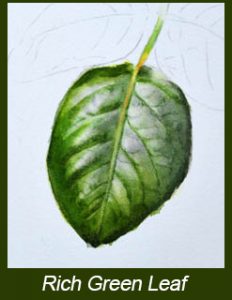 When you can answer all of these questions it isn’t so difficult painting leaves and mixing greens. I hope you’ll agree.
When you can answer all of these questions it isn’t so difficult painting leaves and mixing greens. I hope you’ll agree.
If you can answer all of these questions then you have come a great step forward because you made some good observations. My Watercolor DVD about ‘How to paint leaves’ gives you much more support.
Now we could start to paint a leaf:
- Where are the highlights? Because you need to save them. The lightest highlights are your white paper!!! You could use masking fluid to save them but you also can paint carefully around them.
- Which colour have your other highlights? Note: There can be different highlights. Really white highlights or highlights which contain a bit of colour. Are they blue or are they maybe a bit violet?
- Where are the midtones?
- Where are the dark shadowed tones?
But before you start to paint you should be aware that your drawing should be accurate. Draw the correct form of the leaf and add all the veins. This helps you when you paint.
Colour Mixes for painting realistic leaves:
Painting Leaves and mixing greens: but with which colours?
I prefer to use Sap Green (Winsor & Newton or Schmincke). I think this is a very clean green and you can mix it with other colours to get different greens.
- Mix it with Aureolin Yellow to get a spring green
- Mix it with Translucent Orange to get a warm rich green
- Mix it with Scarlet Red to create a warm shadow green
- Mix it with Anthraquinoid Red to create a cooler shadow green
- Mix it with Cobalt Blue to get a cool blue-green
This colour mixes are perfect for painting realistic leaves in watercolor or oil. Once you know where your highlights are, your midtones and your dark areas then you have all the answers. Paint around the veins if you want to have them light in colour. You also can use masking fluid to save them but then you should be aware that you need to soften them when you remove the masking fluid. Otherwise you will have some very hard edges there where you don’t want to have them.
Then create all the midtones and also the darkest areas with the colour mixes mentioned above. I do not use any specific painting techniques when I paint leaves. Mostly I work on the dry paper as this let me control what I am doing. I only wet areas at first when I have larger areas. You will see how easy it is to create the form with warm and cool colours, with the lights and darks. I hope this little Painting Tutorial on Leaves shows you where to put your attention to them. Let us create some leaves together.
There are also lessons available how to mix darks and blacks, how to paint white, how to mix pink colours.
My Watercolor DVD ‘How to paint leaves‘ shows you all how to do it. Learn to paint several different leaves studies.
Happy Painting
Get more free Art Lessons for better paintings!



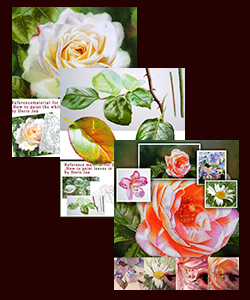
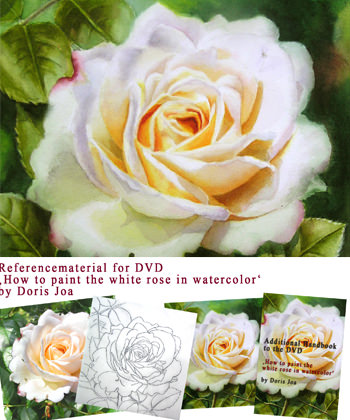
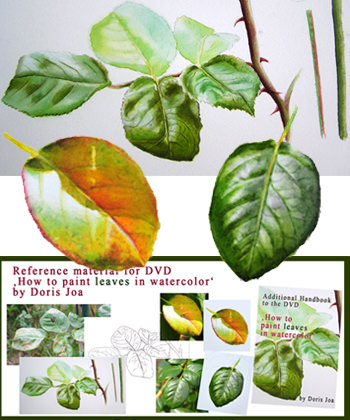
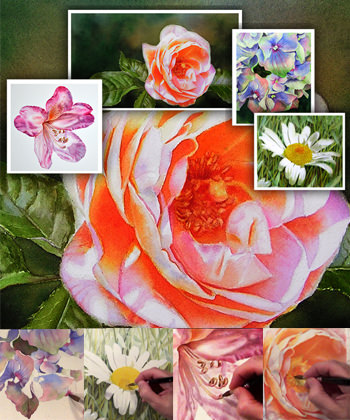
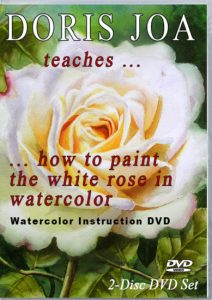
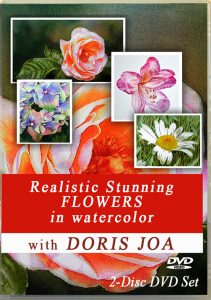
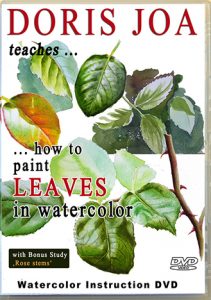
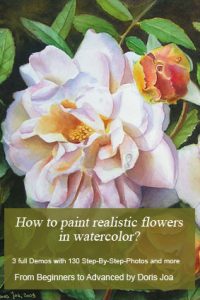
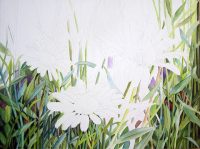
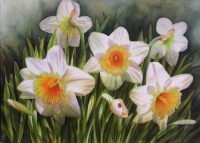
Love your paintings. Was looking for a painting of Pansy Flowers